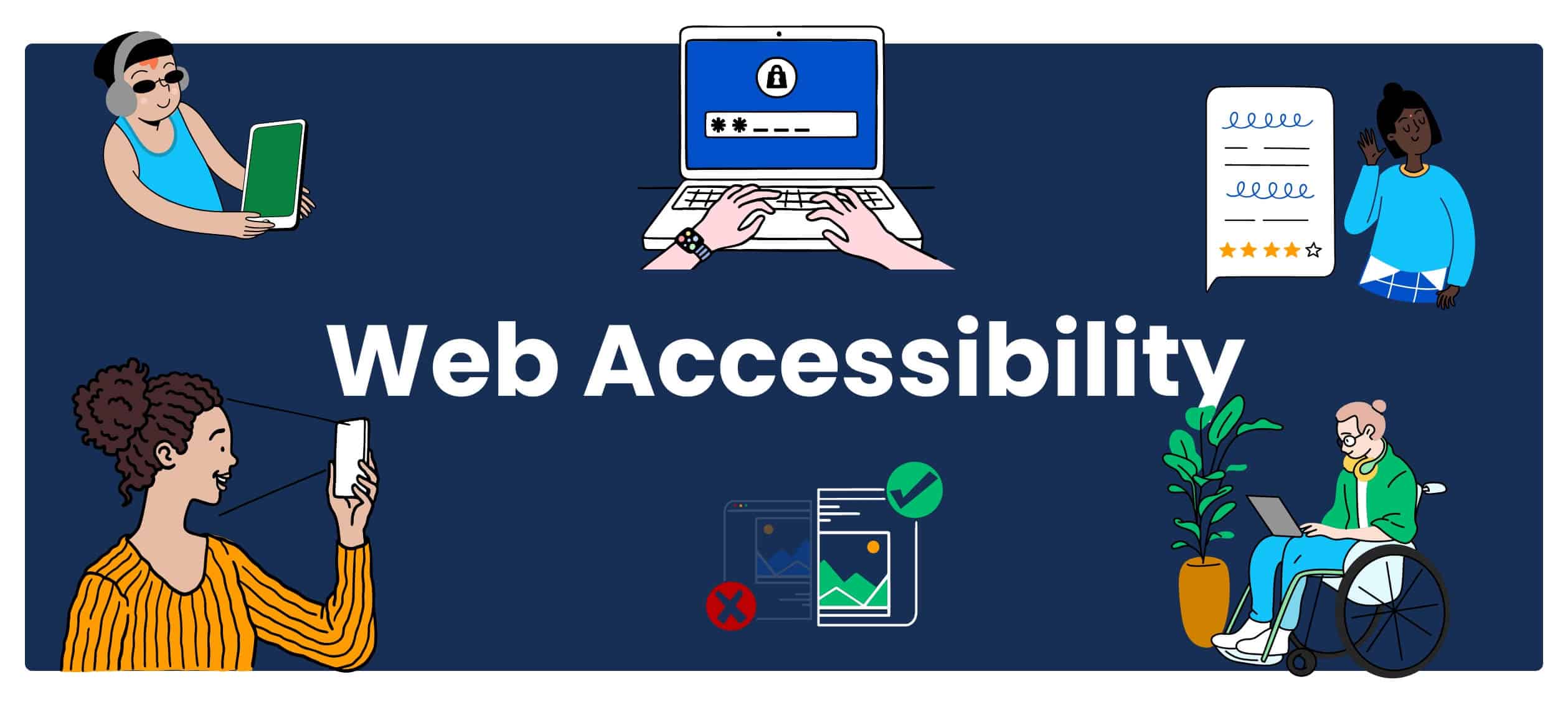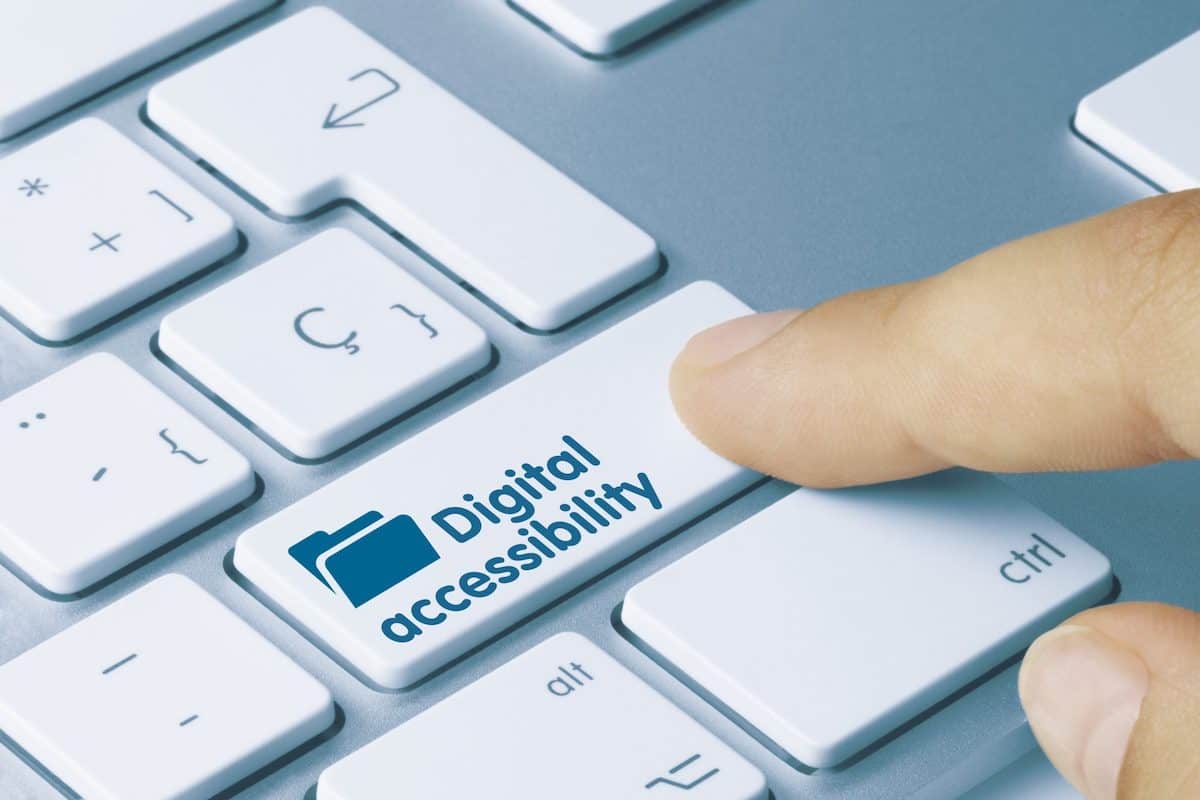In today’s digital age, accessibility on the web is of paramount importance. Accessible web design ensures that individuals with disabilities can navigate and interact with websites and digital content effectively. In this blog, we will explore why accessible web design is crucial and discuss various ways we can contribute to creating a more inclusive online environment.
The Importance of Accessible Web Design:
Inclusivity and Equal Access: Accessible web design aims to provide equal access and usability to all individuals, regardless of their abilities or disabilities. By designing websites that consider the needs of people with disabilities, we can foster inclusivity, allowing everyone to participate fully in the digital world. Accessible web design promotes equality, ensuring that individuals with disabilities have the same opportunities to access information, services, and resources online.
Legal and Regulatory Compliance: Many countries have established legal requirements and regulations concerning web accessibility. Organizations and businesses must comply with these standards to avoid legal consequences and ensure equal access for all users. By implementing accessible web design principles, you can align your website with these regulations, avoiding potential lawsuits and demonstrating your commitment to inclusivity.
Enhanced User Experience: Web accessibility benefits not only individuals with disabilities but also all users. Accessible design principles, such as clear navigation, readable fonts, and properly structured content, improve the user experience for everyone. Websites that are easy to navigate and understand result in increased user engagement, customer satisfaction, and improved conversion rates.
SEO and Search Engine Visibility: Accessible web design practices often align with search engine optimization (SEO) best practices. By incorporating accessible design elements like descriptive headings, alternative text for images, and properly labeled links, you can improve your website’s visibility in search engine results. Search engines prioritize websites that provide a better user experience, including those that are accessible and well-structured.
How We Can Help:
Implementing Web Accessibility Guidelines: Familiarize yourself with accessibility guidelines such as the Web Content Accessibility Guidelines (WCAG). These guidelines provide a comprehensive framework for creating accessible websites. Ensure that your website adheres to these standards and incorporates accessibility features like keyboard navigation, proper color contrast, and alternative text for images.
Conducting Accessibility Audits: Perform regular accessibility audits to evaluate your website’s compliance with accessibility standards. These audits help identify potential accessibility barriers and provide insights into areas that require improvement. Various online tools and accessibility checklists are available to assist you in conducting comprehensive audits.
Engaging Users with Disabilities: Include individuals with disabilities in your website development and testing processes. Seek their feedback and insights on usability and accessibility. By involving users with disabilities, you can gain firsthand knowledge of the barriers they may encounter and make informed design decisions to improve their user experience.
Educating and Raising Awareness: Educate your team and stakeholders about the importance of accessible web design. Offer training sessions or workshops to raise awareness about accessibility guidelines, techniques, and the impact of inaccessible design on individuals with disabilities. By fostering a culture of accessibility, you can ensure that future web projects prioritize inclusivity from the outset.
 Conclusion:
Conclusion:
Accessible web design is a fundamental aspect of creating an inclusive and equitable digital landscape. It ensures that individuals with disabilities can navigate and interact with websites without barriers, promoting equal access to information and services. By embracing accessible design principles, conducting regular audits, involving users with disabilities, and raising awareness among stakeholders, we can collectively contribute to a more accessible and inclusive online experience for all users. Let’s strive for a web that leaves no one behind.

